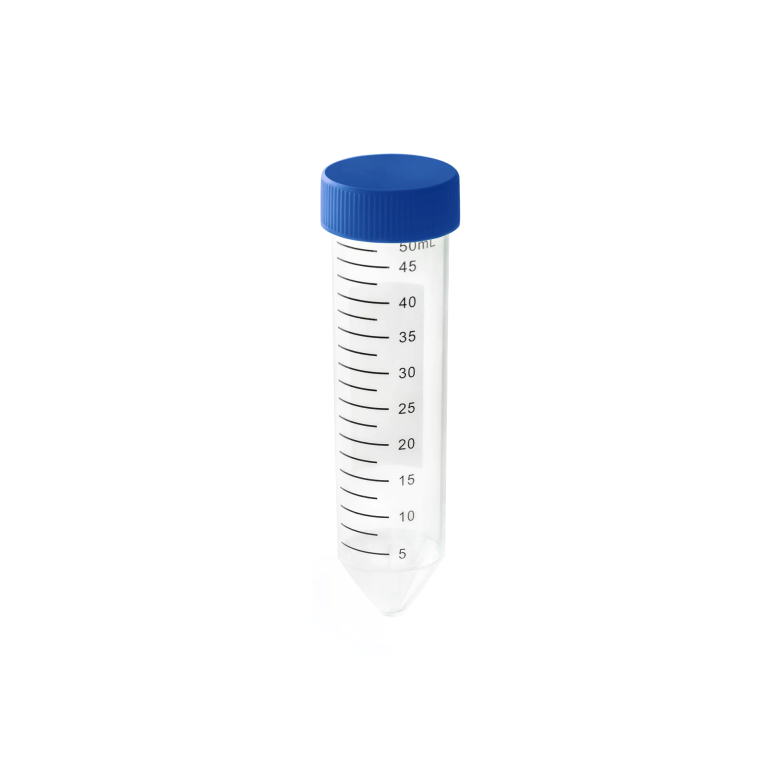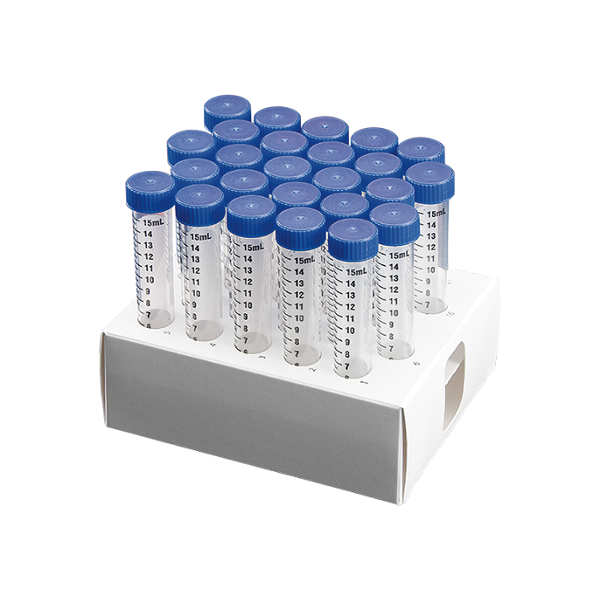A Petri dish is a shallow, circular glass or plastic dish used to culture microorganisms and small plants or animals. Here are some key things to know about Petri dishes:
Purpose: Petri dishes provide a sterile environment for microbiological cultures to grow. They allow easy viewing and analysis of microbial colonies under a microscope.
Material: Petri dishes are typically made of transparent plastic or glass to allow observation. The bottom is usually opaque to block light from below.
Shape: They have a flat bottom and elevated, usually circular rim to contain culture media or growth substrates. This prevents evaporation and contamination.
Sterility: Petri dishes must be sterile for many applications. They are often disposable and intended for single use to maintain sterility.
Usage: Microbes or small specimens are placed on an agar or gel surface inside the dish, which is then sealed and incubated to allow controlled growth. Multiple cultures can be grown for comparison.
Applications: Petri dishes are commonly used in microbiology labs for isolating, culturing, and observing bacteria, fungi, yeast, and other microorganisms. They are also used for microbiological testing of foods, water, and the environment.
So in summary, Petri dishes provide a sterile, contained environment for observing microbial growth and experimental culture work under controlled laboratory conditions.


